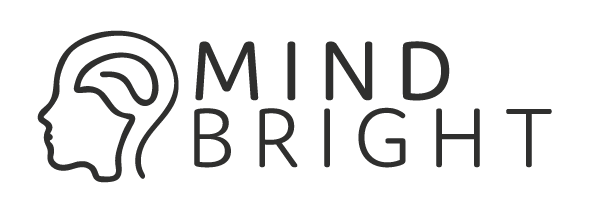Just breathe - our body's own inbuilt stress reliever
We have been breathing since the day we were born and take on average, 20,000 breaths a day. So you’d be forgiven for thinking we must know what we're doing if we're still alive. But research tells us that the way we breathe can have a powerful effect on how stressed or calm we feel.
There are two styles of breathing
Diaphragmatic – When we are relaxed, we naturally breathe slowly and deeply through our tummies. Just watch a sleeping new-born baby or a cat.
Thoracic - But when we get stressed and tense, one of the first things that happen is that we involuntarily start shallow, quick breathing through our chests.
The science bit
Rapid, shallow breathing is part of the body’s fight or flight response to stress. When can flip into fight or flight whether the danger is real or perceived, which means for some of us it’s happening many times throughout the day from little stressors like traffic, too many emails, rushing or work deadlines. When the brain detects danger, the fight or flight response kicks off a series of reactions in our bodies to help fight or run from the Tiger, one of which is increasing oxygen to help with the intense physical activity.
Researchers at the University of Stanford Medical School identified the cluster of cells that connect our breath to our states of mind. This shallow breathing has a direct and immediate impact on our mental state and may lead to feelings of anxiety, tension and overwhelm.
If we are constantly triggering the fight/flight response we can begin to habitually breathe with our upper chest and hold our breath, even though the stress may be over. This style of breathing sends signals to the brain that we are under stress when we may not be.
The good news
Fortunately, we can voluntarily influence our breathing and help deactivate the fight or flight response. Slow, deep breathing sends a signal to our brains that the threat is over, we are safe, and deactivates the fight or flight response, engaging the parasympathetic nervous system (our rest and digest state). Along with alleviating feelings of stress, it also reverses the biochemical and the physical effects of stress on the body including lowering our heart rate and blood pressure.
Using the breath in times of stress
Most of us aren’t that aware of our breathing, which means we probably aren’t taking advantage of our body’s natural inbuilt stress reliever.
Every time you notice you feel hurried, stressed, angry or upset, check and see if you are holding your breath or shallow breathing.
Then try 10- 15 slow, deep breaths, really focusing on the exhale, the inhale will take care of itself. When you exhale, make this as long as slow as you can, releasing all the tension in your body with it, particularly around the shoulders.
Technique
You can check you are breathing correctly by lying down and placing one hand on your chest and the other on your abdomen (just below your ribcage). Breathe and notice which hand is moving the most, i.e. the abdominal or the chest hand. If the one on your abdomen is moving and the hand on your chest is still, you are using your diaphragm correctly.
Get Proactive
You don’t have to wait until you feel bad to breathe diaphragmatically. 10-15 deep breaths first thing in the morning can help set your nervous system to parasympathetic. Try setting an alarm and practicing deep breathing at regular intervals throughout the day also to keep you feeling calm, so that when things to go wrong, you won’t as easily flip into fight or flight.
Practice makes perfect
The more you practice diaphragmatic breathing, the more it trains your body to engage this style of breathing and eventually it will become your default setting.

